
Interview with artist Kusakamuri (Kawasaki, Kanagawa Prefecture)
Share
Kusakan is an up-and-coming artist whose unique sensibility captivates viewers.
I found out that I live in the same town as this promising young person, so I took a 30-minute trip from my house to meet him.
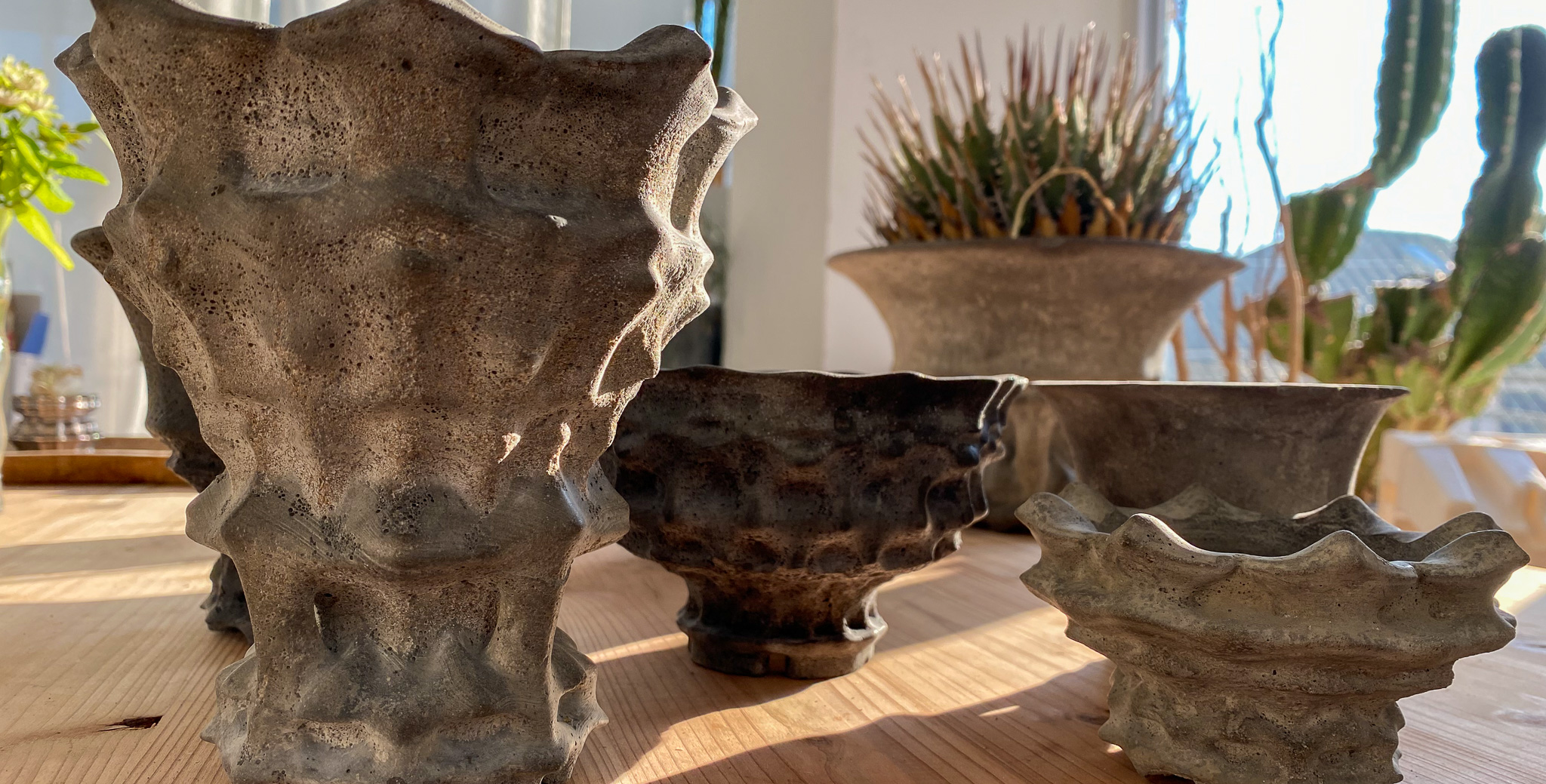
Tell us about your journey to becoming an artist.
After graduating from an art university with a degree in architectural design, I spent nearly two years moving around and studying 3D modeling and modeling. I originally liked growing tuberous roots and succulents, so I started making flowerpots. My other hobbies are playing games and watching movies, and I love fantasy and imaginative things.
Kusakan creates plant thrones. He is fascinated by the Gothic and Renaissance styles of European medieval architecture, but his favorite is the Baroque style. The Baroque style is symmetrical, has bumps and undulations, and is luxurious, delicate, and dynamic, which has had a great influence on Kusakan's work. He designs his works with images of medieval Europe, ruins, and remains, rather than modern ones.
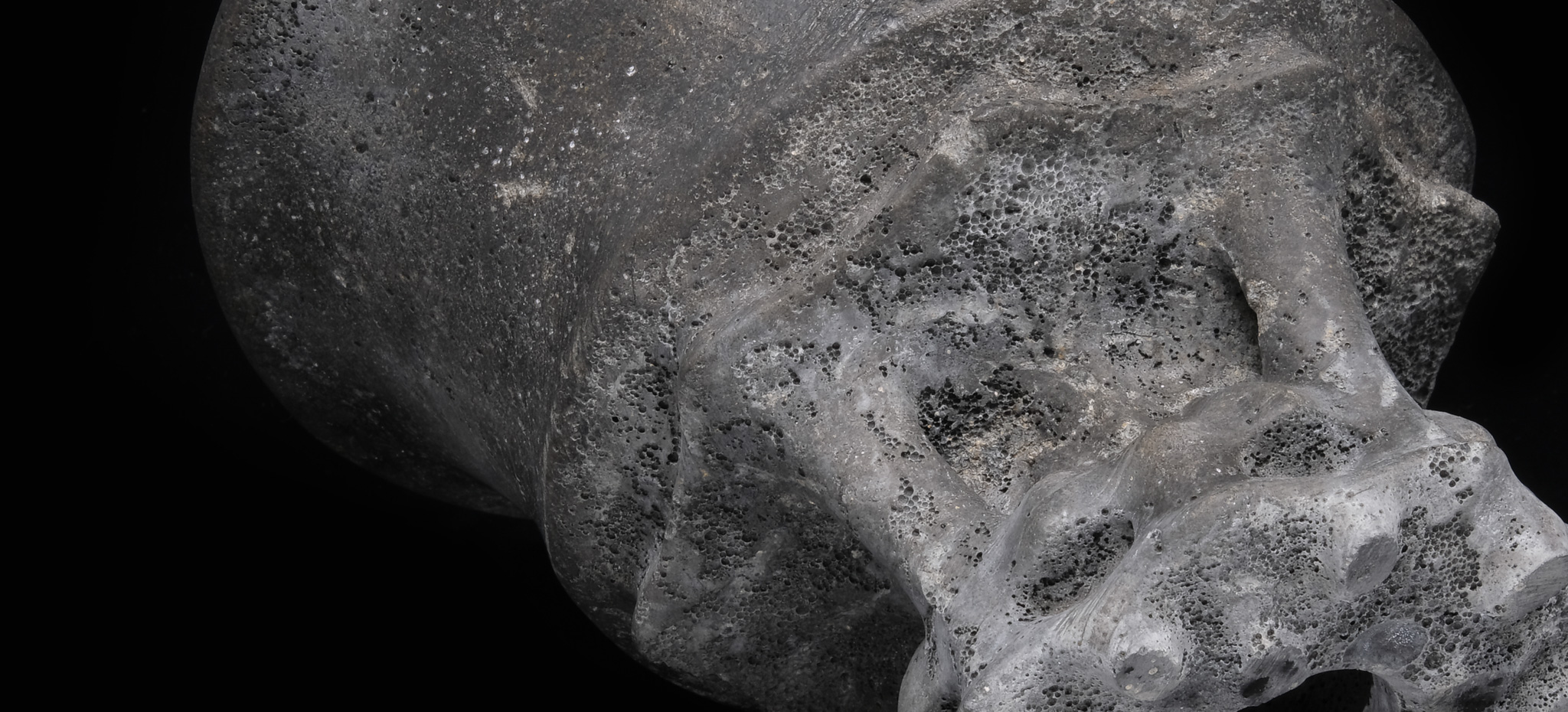
Please tell me how to make a mortar throne
First, we model the mold using 3D CAD.
At this stage, we will materialize the image of medieval Europe and its ruins and turn it into data.
The completed data is printed using a stereolithography 3D printer.
The completed printed item is called a "mold." It takes about six hours to print a mold for a small flowerpot, but it can take several days for a large pot. Those who use 3D printers will understand that this printing is extremely difficult, and it is extremely challenging to get it to stabilize, including the modeling.
The completed mold is hollow inside, and mortar made of lime, water, sand, etc. is slowly poured into this space. It takes about a full day for it to dry, depending on the weather.
The mortar is sandwiched between the 3D printer molds and dries, but unlike ceramic casting, the complex shape makes it difficult to remove the mold, so the mold is slowly peeled off. This peeling process is the most careful and time-consuming part, and some models use pillars, so it must be done carefully. The entire mold is peeled off, both inside and outside.
After removing the mold and processing, the entire work is immersed in a certain alkaline mortar chemical for several hours to neutralize it. This treatment makes it completely usable for plants.
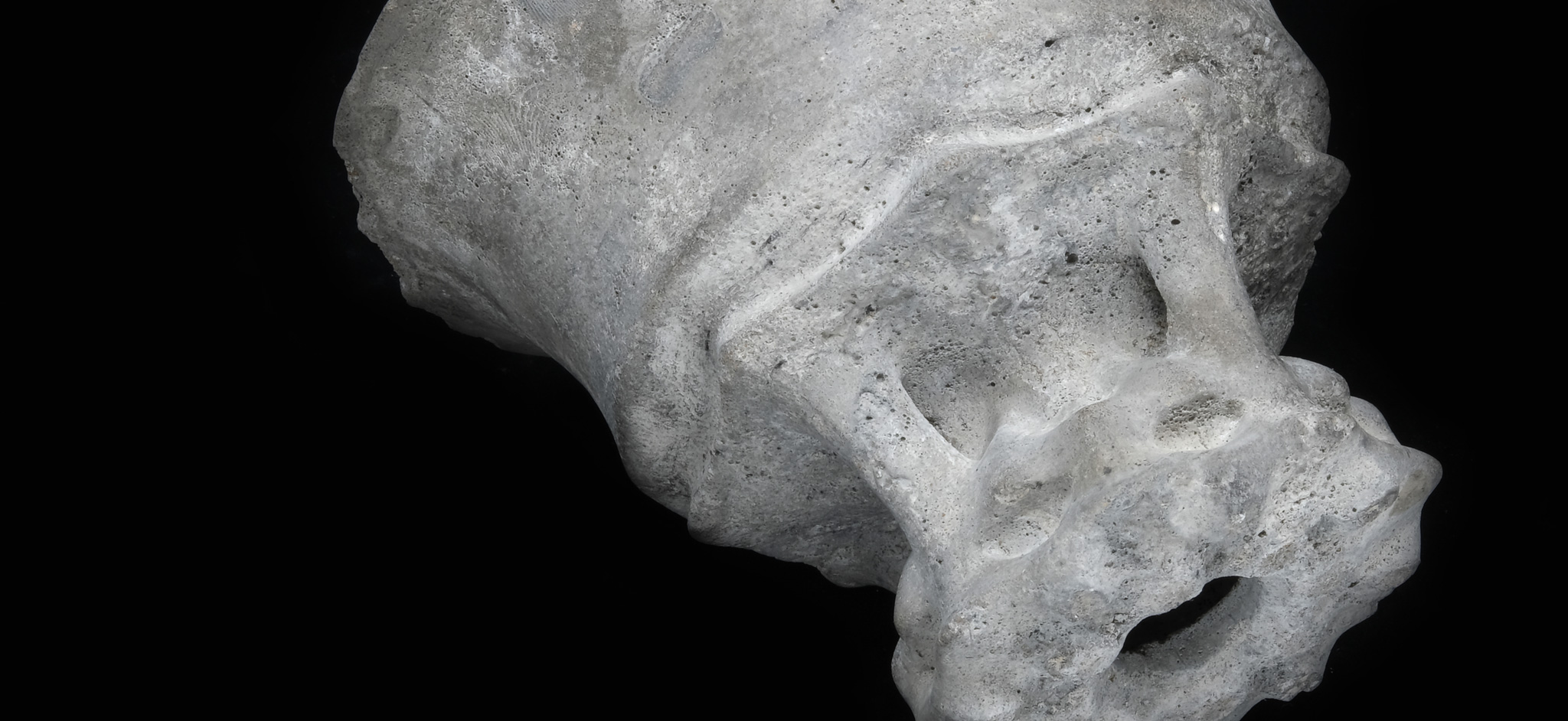
Please tell me how to make a tin alloy throne.
In the case of tin alloys, molten tin alloy is poured into a 3D printer mold.
After a few hours it has hardened and the mold is removed in the same way.
When the vessels are removed, they still have a dull color, so they are polished over a period of time to give them just the right shine.
By carefully polishing each piece, taking the time to do so, a luxurious feel is created.
Neither of the photos below are finished, but the one on the left is in the process of being polished and the one on the right is unpolished.
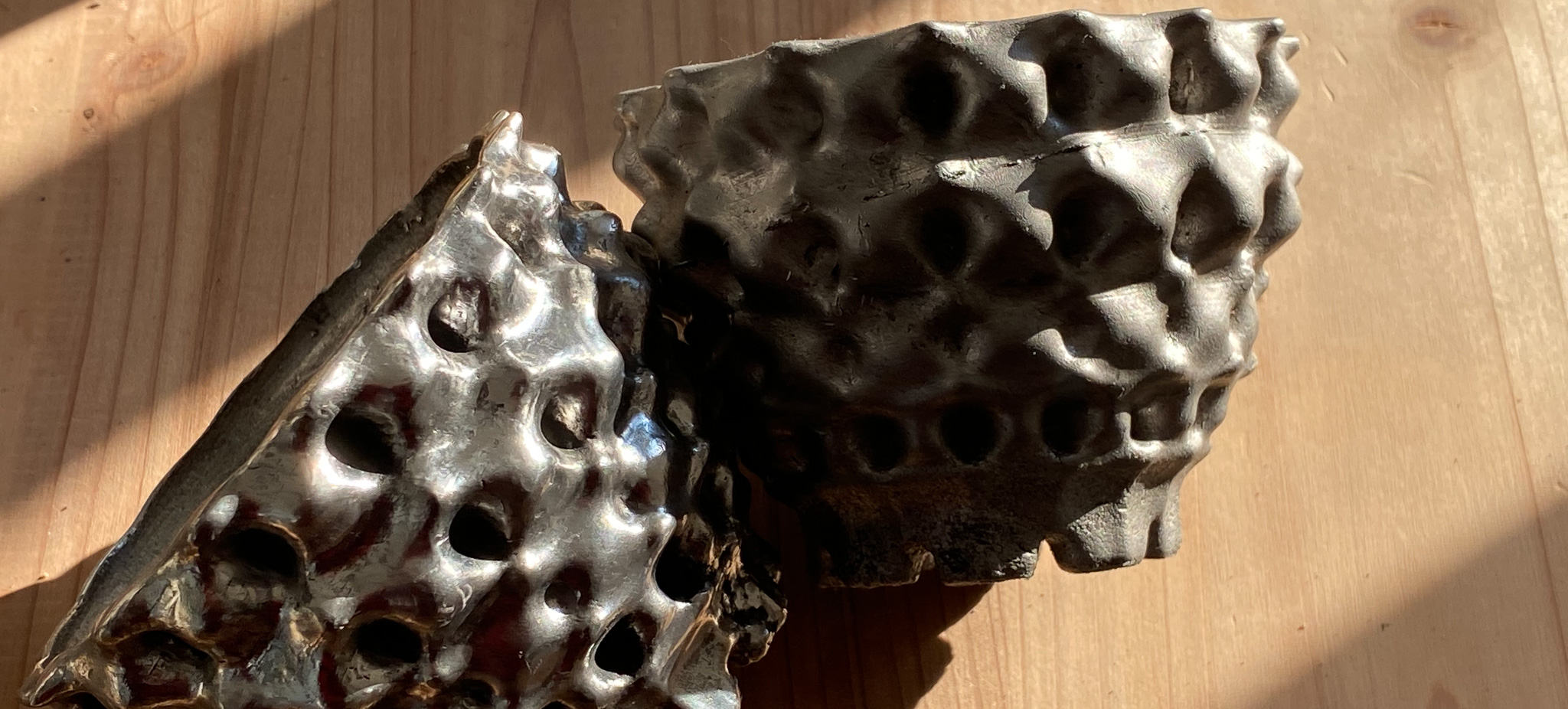
Are there any precautions to take when using it?
Each piece is made by hand, so no two are alike.
Each piece is different, and we hope you will use it for a long time, understanding that the bubbles and chips that are unique to the mortar throne are part of its individuality. There are no particular precautions for use, as the mortar throne has been carefully neutralized.
In the case of a tin alloy throne, the tin content is 80-90% and the melting point is a little low at around 70℃, so you need to be a little careful. It's no problem even in the hot summer sun, but if you leave it on a black iron plate in the hot summer sun (not sure if that's even a situation), it may melt. There's no problem with normal use, so we hope you'll use it for many years and enjoy the aging process.
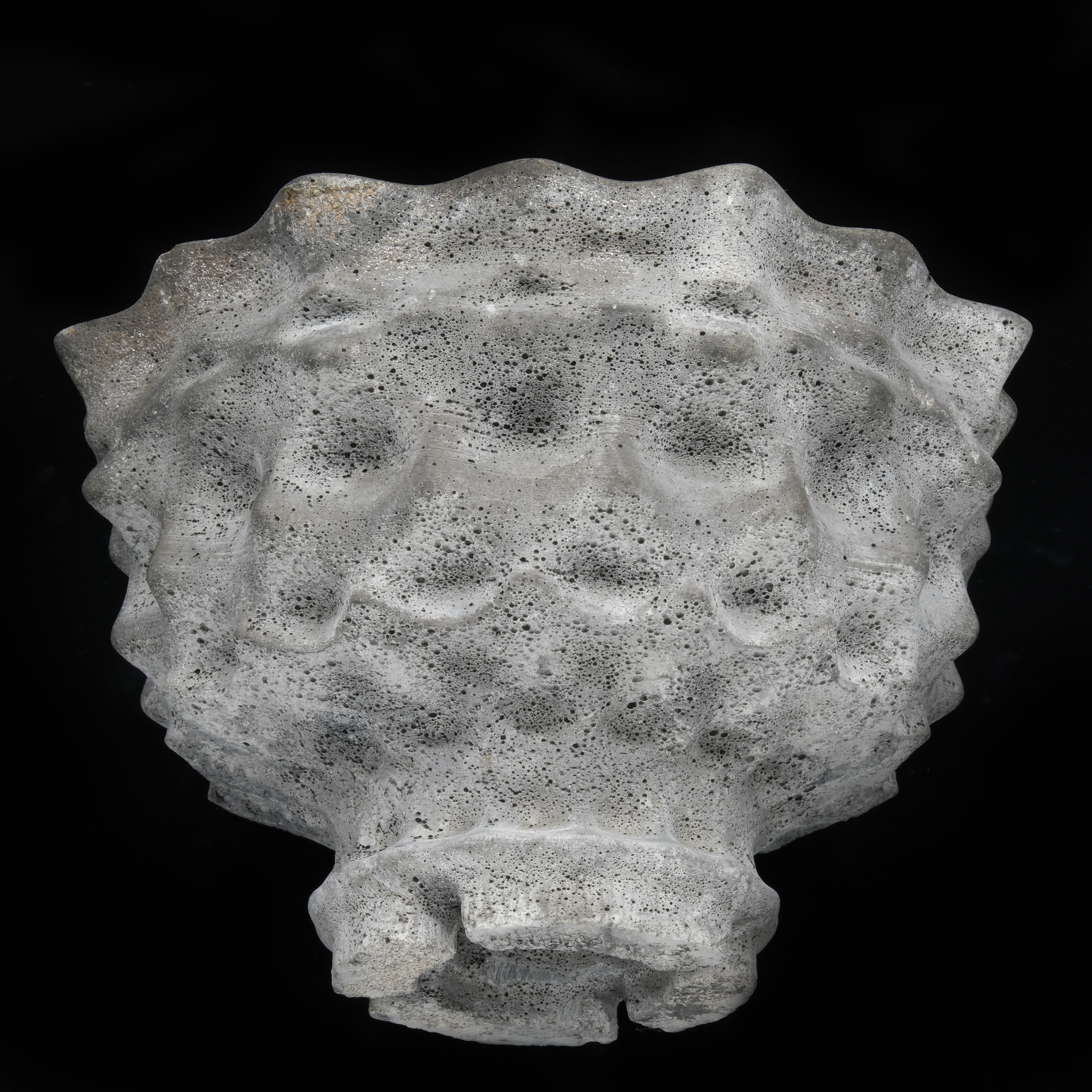
OMBLE: Thank you very much for reading to the end.
Mr. Kusakamuri and the owner happen to live in the same neighborhood. I hope we can continue to help each other grow... He was a young man with a lot of energy. Please put your favorite plants in a mortar pot and let them grow.
